Home>Dining>Tableware>How To Handle Glassware In A Laboratory
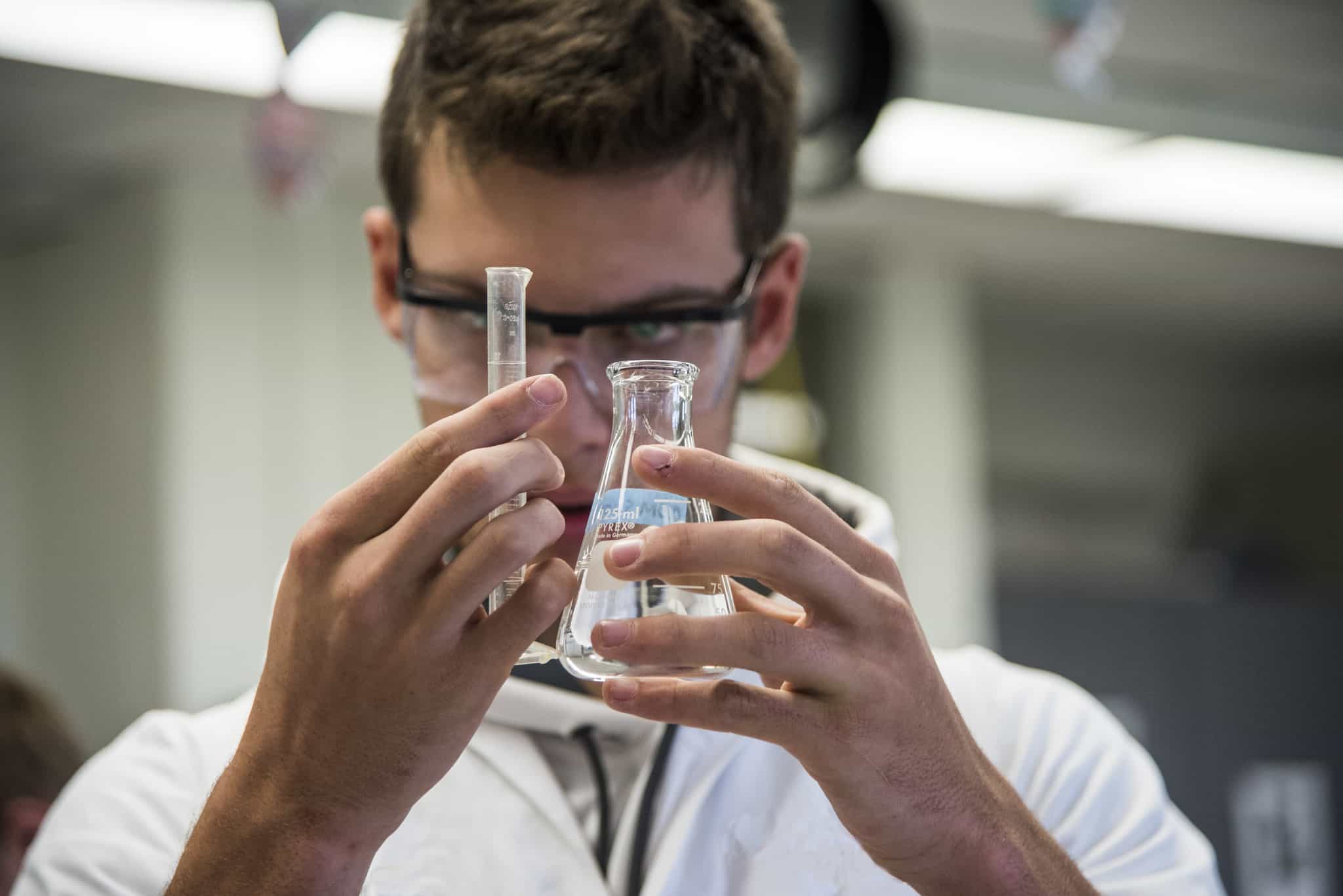

Tableware
How To Handle Glassware In A Laboratory
Modified: October 20, 2024
Looking for tips on how to handle glassware in a laboratory? Our comprehensive guide covers everything you need to know about tableware safety and maintenance.
(Many of the links in this article redirect to a specific reviewed product. Your purchase of these products through affiliate links helps to generate commission for Storables.com, at no extra cost. Learn more)
Introduction
Welcome to a comprehensive guide on how to handle glassware in a laboratory. Glassware is a vital component in various scientific experiments and research. It is essential to handle glassware with care to ensure accurate results, maintain laboratory safety, and prolong the lifespan of the equipment. This article will provide you with valuable information on safety precautions, handling techniques, cleaning and sterilization methods, glassware storage, and the proper disposal of broken glass.
Handling glassware in a laboratory requires attention to detail and a good understanding of the different types of glassware available. From beakers and flasks to test tubes and petri dishes, each piece of glassware has its specific purpose and requires proper handling to prevent accidents and damage.
When working with glassware, it is crucial to prioritize the safety of both yourself and those around you. Accidents involving glassware can lead to injuries, contamination, and costly equipment damage. By following the guidelines outlined in this article, you can ensure a safe and efficient laboratory environment.
Additionally, proper maintenance and cleaning practices are essential to keep glassware in optimal condition. Contaminated glassware can affect the accuracy of experiments and compromise research results. With proper cleaning and sterilization techniques, you can maintain the integrity of your glassware and ensure reliable outcomes.
Lastly, understanding how to store and dispose of glassware correctly is essential for maintaining a functional laboratory space. Improper storage can lead to breakages, while incorrect disposal methods can pose risks to the environment and individuals handling the waste. This article will provide insights into the best practices for storing and disposing of glassware, ensuring a safe and organized laboratory environment.
Now let’s dive into the details of safety precautions when handling glassware in a laboratory.
Key Takeaways:
- Handle glassware in a laboratory with care, following safety precautions, proper handling techniques, and cleaning methods to ensure accurate results and maintain a safe environment.
- Prioritize safety, proper cleaning, and storage to maintain glassware integrity, prevent accidents, and create a safe laboratory environment for scientific research and experimentation.
Read more: How To Wash Laboratory Glassware
Safety Precautions
When working with glassware in a laboratory setting, it is crucial to prioritize safety to minimize the risk of accidents and injuries. Here are some essential safety precautions to consider:
- Wear appropriate personal protective equipment (PPE): Always wear gloves, safety goggles, and a lab coat when handling glassware. These protective gear items create a barrier between you and the glassware, reducing the risk of cuts, chemical splashes, and contamination.
- Inspect glassware before use: Before using any glassware, carefully examine it for cracks, chips, or other damages. Damaged glassware is more likely to break during use, which can cause injuries or spills. If you notice any defects, set aside the glassware and report it to the appropriate personnel for repair or replacement.
- Handle glassware with caution: When handling glassware, use both hands and a firm grip. Do not apply excessive force or pressure, as this can lead to breakage. Avoid bumping or knocking glassware against hard surfaces, as it can weaken the integrity of the glass and make it more prone to cracking or shattering.
- Use appropriate techniques for heating glassware: When heating glassware, such as with a Bunsen burner or hot plate, use heat-resistant gloves or tongs to handle the equipment. Avoid sudden temperature changes, as this can cause thermal stress and lead to glass breakage. Additionally, always use a heat-resistant mat or wire gauze to protect the surface you are working on.
- Avoid using damaged or compromised glassware: Do not attempt to use glassware that is visibly cracked, chipped, or has broken seals. Using compromised glassware increases the risk of accidents, such as leaks or explosions. It is essential to dispose of damaged glassware properly and replace it with new, undamaged equipment.
- Follow proper chemical handling procedures: When working with chemicals, be aware of their corrosive or reactive properties and handle them accordingly. Some chemicals can weaken or etch glassware, making it more susceptible to breakage. Always use appropriate containers and follow the recommended protocols for chemical storage and disposal.
- Dispose of broken glassware safely: In the event of glassware breakage, use a broom and dustpan to collect the broken pieces. Do not use your hands to pick up broken glass, as it can lead to cuts and injuries. Place the broken glass in a designated sharps container or puncture-proof bag to prevent accidental injuries during disposal.
- Seek assistance when handling specialized glassware: Some laboratory procedures may involve working with specialized glassware, such as vacuum filtration apparatus or glass syringes. If you are unfamiliar with the proper handling techniques for these pieces, seek guidance from a knowledgeable colleague or supervisor to prevent accidents and ensure accurate results.
By adhering to these safety precautions, you can create a safer laboratory environment and minimize the risk of accidents or injuries related to glassware handling. Next, let’s explore the best practices for effectively handling glassware in a laboratory.
Handling Glassware
Proper handling of glassware is essential to ensure accurate experimental results and maintain the longevity of the equipment. Here are some key guidelines for handling glassware in a laboratory:
- Use the appropriate technique for lifting and moving glassware: When lifting glassware, grasp it firmly with both hands, ensuring a secure grip. Lift the glassware using the base or the designated handles, if available. Avoid putting stress on delicate parts, such as the neck of a flask or the rim of a beaker.
- Use caution when inserting and removing glassware from stoppers and fittings: Lubricate stoppers and fittings with a suitable grease or lubricant to ease insertion and removal. Apply gentle pressure when inserting glassware to avoid forcing it, which can lead to breakage. Use a twisting motion while removing glassware to prevent sudden and unexpected release.
- Avoid direct contact with chemicals: Do not touch the inside of glassware, especially if it contains chemicals or reagents. Use forceps or pipettes to add or remove substances from glass containers to prevent contamination and ensure accurate measurements.
- Minimize exposure to extreme temperatures: Glassware can be sensitive to rapid temperature changes, which can cause it to crack or shatter. If you need to transfer glassware from a hot to a cold environment, allow it to acclimate gradually to avoid thermal shock. Similarly, when adding hot liquids to glassware, preheat the glassware slightly to reduce sudden temperature fluctuations.
- Consider special handling for fragile glassware: Some glassware, such as volumetric flasks or glass pipettes, may be more fragile and require additional care. Avoid excessive force or rough handling with these delicate pieces, as they can be more prone to breakage. Always follow the manufacturer’s recommendations for handling specific types of glassware.
- Keep a clean and organized work area: Cluttered workspaces can increase the risk of accidents and make it challenging to handle glassware safely. Ensure that your work area is tidy and that you have enough space to maneuver without knocking over equipment. Store glassware in designated areas or racks when not in use to prevent accidental breakage.
- Practice good hand hygiene: Clean and dry your hands thoroughly before handling glassware to prevent oils, chemicals, or moisture from transferring to the equipment. Contaminants on your hands can affect the accuracy of measurements and potentially react with substances inside the glassware.
- Dispose of glassware properly: If glassware becomes damaged, contaminated, or is no longer needed, dispose of it according to the laboratory’s waste disposal guidelines. Avoid placing glassware in regular trash bins, as it can pose a risk to sanitation workers or create hazards in the landfill. Instead, follow the proper procedures for glassware disposal, which may include recycling or placing it in designated sharps containers.
By following these best practices for handling glassware, you can ensure the safety of yourself and others while maintaining the integrity of your experimental results. In the next section, we will explore the importance of cleaning and sterilizing glassware.
Cleaning and Sterilization
Proper cleaning and sterilization of glassware are vital to ensure accurate and reliable results in laboratory experiments. Contaminated glassware can introduce impurities into samples or interfere with the reactions being studied. Here are some essential steps to effectively clean and sterilize glassware:
- Pre-rinse glassware: Before cleaning, it is recommended to pre-rinse glassware with water or an appropriate solvent to remove any residual substances or debris. This helps to prevent cross-contamination and ensures a more effective cleaning process.
- Choose the right cleaning agent: Select a cleaning agent suitable for the type of glassware and the substances it has come into contact with. Commonly used cleaning agents include mild detergents, laboratory glassware cleaners, or specialized chemical cleaners. Avoid using abrasive cleaners or harsh chemicals that can damage the glassware.
- Use a bottle brush or sponge: For glassware with narrow necks or hard-to-reach areas, use a bottle brush or sponge specifically designed for laboratory use. These tools help to scrub away any residue or contaminants that may be clinging to the glass surface.
- Rinse thoroughly: After cleaning with the appropriate cleaning agent, rinse the glassware thoroughly with distilled water to remove any remaining residue or cleaning solution. Multiple rinses may be necessary to ensure complete removal of any traces of contaminants.
- Dry glassware properly: Allow the glassware to air dry completely in a clean and dust-free area or use a clean lint-free cloth or paper towel to dry the glassware gently. Avoid using abrasive materials that can scratch the glass surface.
- Sterilization techniques: Depending on the specific requirements of your laboratory, certain glassware may need to be sterilized to remove any potential microbial contaminants. Sterilization methods commonly used include autoclaving, dry heat sterilization, or exposure to ultraviolet (UV) light. Follow the recommended sterilization procedures based on the type of glassware and the specific requirements of your experiments.
- Periodic inspection: Regularly inspect cleaned and sterilized glassware for any signs of damage or deterioration. Small cracks or chips can compromise the integrity of the glassware and should be promptly addressed. If any glassware is found to be damaged, remove it from service and replace it as necessary.
- Store cleaned and sterilized glassware properly: Once glassware has been cleaned and sterilized, store it in a clean environment to prevent recontamination. Use glassware racks or cabinets to keep the glassware organized and protected from damage.
By following these cleaning and sterilization practices, you can ensure that your glassware is free from contaminants and ready for use in your laboratory experiments. In the next section, we will explore the importance of proper glassware storage.
Always handle glassware with care to avoid breakage and injury. Use appropriate protective equipment, such as gloves and goggles, and be mindful of temperature changes that can cause glass to shatter.
Glassware Storage
Proper storage of glassware is essential to maintain its integrity, prevent breakage, and ensure that it remains clean and ready for use in laboratory experiments. Here are some important considerations for glassware storage:
- Clean and dry glassware before storage: Before storing glassware, make sure it is thoroughly cleaned and dried to prevent the growth of bacteria or the accumulation of contaminants. Any residual moisture can lead to the development of mold or deterioration of the glassware over time.
- Organize glassware by type and size: Group glassware according to their type and size. This makes it easier to locate specific items when needed and helps prevent accidental breakage when retrieving or storing glassware.
- Use appropriate storage racks or cabinets: Invest in suitable storage racks or cabinets designed specifically for glassware. These should have compartments or dividers to keep the glassware separated and prevent it from knocking together, which can cause breakage.
- Consider protective covers or lids: For glassware that is more susceptible to dust or contamination, such as petri dishes or culture flasks, consider using protective covers or lids. This helps to keep the glassware clean and protected until it is ready for use.
- Store glassware away from direct sunlight: Exposure to direct sunlight can cause certain types of glassware to fade or become fragile. Store glassware in a location away from windows or direct sunlight to minimize these effects and maintain the integrity of the equipment.
- Avoid overcrowding: It’s important to avoid overcrowding glassware in storage areas. This reduces the risk of accidental breakage when retrieving or rearranging glassware. Provide sufficient space between items to ensure easy access and reduce the potential for damage.
- Label containers or shelves: Labeling containers or shelves can help ensure that glassware is returned to its proper place after use. It also assists in identifying specific items or sets of glassware that may be needed for particular experiments or procedures.
- Regularly inspect stored glassware: Regularly inspect the glassware in storage for any signs of damage, such as cracks or chips. This allows you to promptly remove damaged items and replace them to prevent accidents or contamination during future use.
- Follow manufacturer’s guidelines: Some specific types of glassware may have unique storage requirements that are outlined by the manufacturer. Always follow these guidelines to ensure proper storage conditions and prolong the lifespan of the glassware.
By following these guidelines for glassware storage, you can ensure that your equipment remains in optimum condition, reducing the risk of breakage and maintaining the cleanliness of the glassware for accurate experimental results. Next, let’s explore the proper disposal of broken glassware.
Read more: How To Store Glassware
Proper Disposal of Broken Glass
Accidents happen, and sometimes glassware can break in a laboratory setting. It is essential to dispose of broken glass properly to prevent injuries and minimize the risk of contamination. Here are some guidelines for the proper disposal of broken glass:
- Ensure personal safety: When handling broken glass, it is crucial to prioritize your safety. Put on heavy-duty gloves to protect your hands from cuts and punctures. Avoid using your bare hands to pick up or handle broken glass.
- Collect the broken glass: Carefully collect the broken glass using a broom, dustpan, or tongs. Take extra care to avoid touching the broken glass directly. Place the broken glass in a puncture-proof container or a designated sharps container to prevent injuries to others and to ensure safe disposal.
- Dispose of glass in a designated bin: Many laboratories have specific bins or containers for the disposal of broken glass. These containers are generally puncture-resistant to prevent injuries and may be designated for specific types of glass, such as regular glassware or glass slides. Follow your laboratory’s guidelines for disposing of broken glass, and make sure to place it in the appropriate bin or container.
- Label the container: If the broken glass is being disposed of in a separate container, ensure that it is properly labeled to indicate that it contains broken glass. This helps to alert others and prevents accidental injuries during disposal or handling.
- Do not mix broken glass with regular trash: It is important to note that broken glass should not be disposed of in regular trash bins. Placing broken glass in regular trash bags can create a hazard for sanitation workers and increase the risk of injuries to others. Follow the proper disposal practices outlined by your institution or local regulations to ensure safe and responsible waste management.
- Recycle glass when possible: If your institution or local regulations allow for it, consider recycling the broken glass. Some types of glass, such as borosilicate glass commonly used in laboratory glassware, can be recycled. Check with your waste management provider for specific guidelines and recycling options in your area.
- Follow any additional disposal regulations: Depending on the nature of the broken glass, there may be additional disposal regulations to consider. For example, if the broken glass has been contaminated with hazardous materials, it may require special disposal procedures in compliance with local regulations and guidelines. Seek guidance from your institution or waste management experts for proper disposal of such glass.
- Train and educate laboratory personnel: Proper disposal of broken glass requires cooperation and understanding from all laboratory personnel. Provide training and education to ensure that everyone understands the importance of handling and disposing of broken glass correctly. Promoting a culture of safety and responsibility in the laboratory helps to maintain a safe working environment for all.
By following these guidelines for the proper disposal of broken glass, you can help prevent injuries and maintain a safe laboratory environment. Now that we have covered all the necessary aspects of handling and managing glassware, let’s summarize what we have learned.
Conclusion
Proper handling, cleaning, storage, and disposal of glassware are crucial elements in laboratory safety and ensuring accurate experimental results. By following the guidelines outlined in this comprehensive guide, you can enhance the longevity of your glassware, reduce the risk of accidents, and maintain a safe working environment. Here’s a summary of what we have covered:
First, we discussed the importance of safety precautions when handling glassware. Wearing appropriate personal protective equipment, inspecting glassware for damages, and using caution during handling are essential to minimize the risk of injuries and equipment damage.
We then explored effective techniques for handling glassware, including proper lifting and moving, careful insertion and removal from stoppers and fittings, and minimizing direct contact with chemicals. These practices help prevent breakage and maintain the integrity of the glassware.
Next, we emphasized the significance of cleaning and sterilizing glassware to ensure accurate experimental results. Pre-rinsing, choosing the right cleaning agents, thorough rinsing, and appropriate drying techniques are essential to remove contaminants and maintain a clean working environment.
We also discussed the proper storage of glassware, including organization by type and size, using suitable storage racks or cabinets, keeping glassware away from direct sunlight, and regularly inspecting for damage.
Finally, we covered the proper disposal of broken glassware. This includes ensuring personal safety, collecting broken glass using appropriate tools, disposing of it in designated bins, and following any additional disposal regulations or recycling opportunities.
By implementing these best practices, laboratories can maintain the integrity of their glassware, prevent accidents, and create a safer working environment for laboratory personnel.
Remember, always prioritize safety, carefully handle glassware, use appropriate cleaning and storage techniques, and dispose of broken glass responsibly. By doing so, you will contribute to a productive and safe laboratory environment for everyone involved in scientific research and experimentation.
Frequently Asked Questions about How To Handle Glassware In A Laboratory
Was this page helpful?
At Storables.com, we guarantee accurate and reliable information. Our content, validated by Expert Board Contributors, is crafted following stringent Editorial Policies. We're committed to providing you with well-researched, expert-backed insights for all your informational needs.


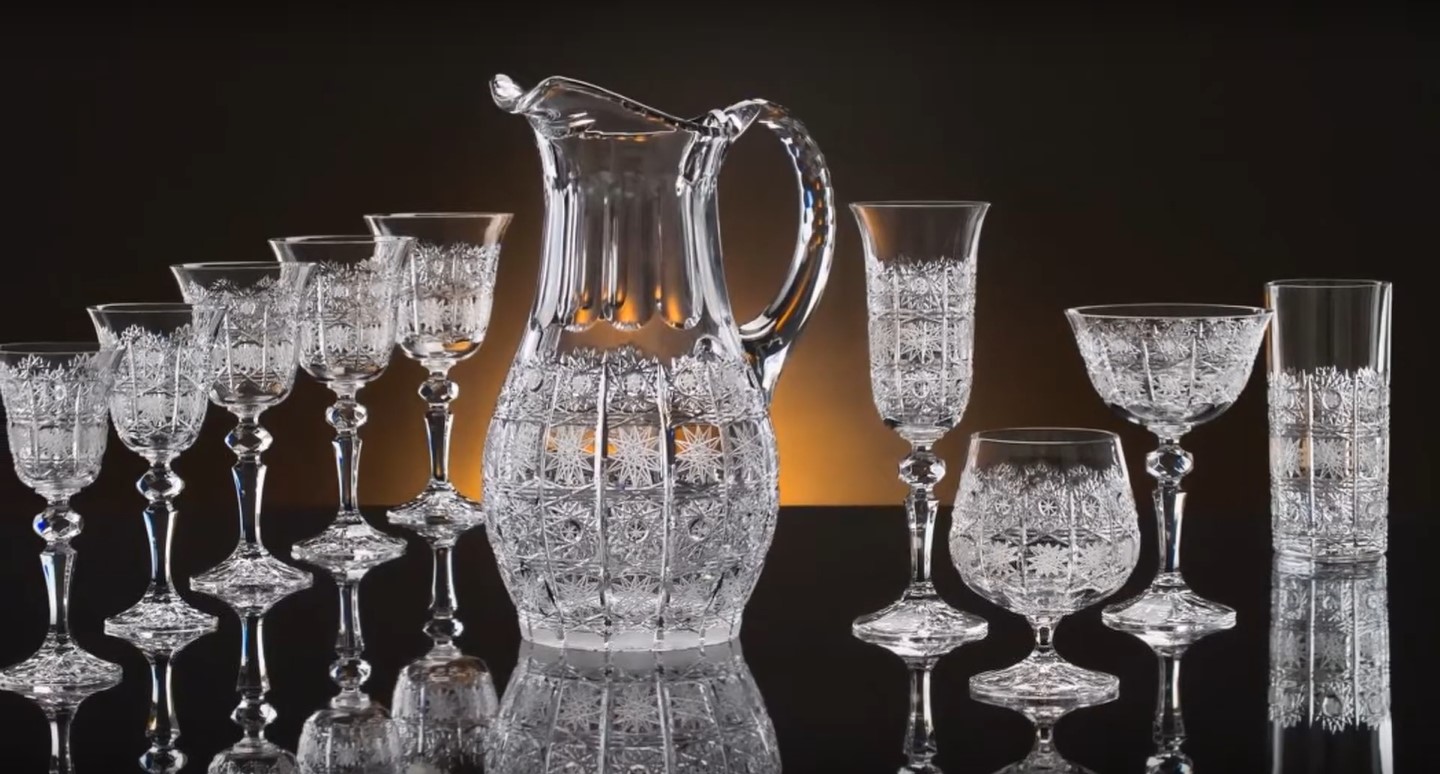
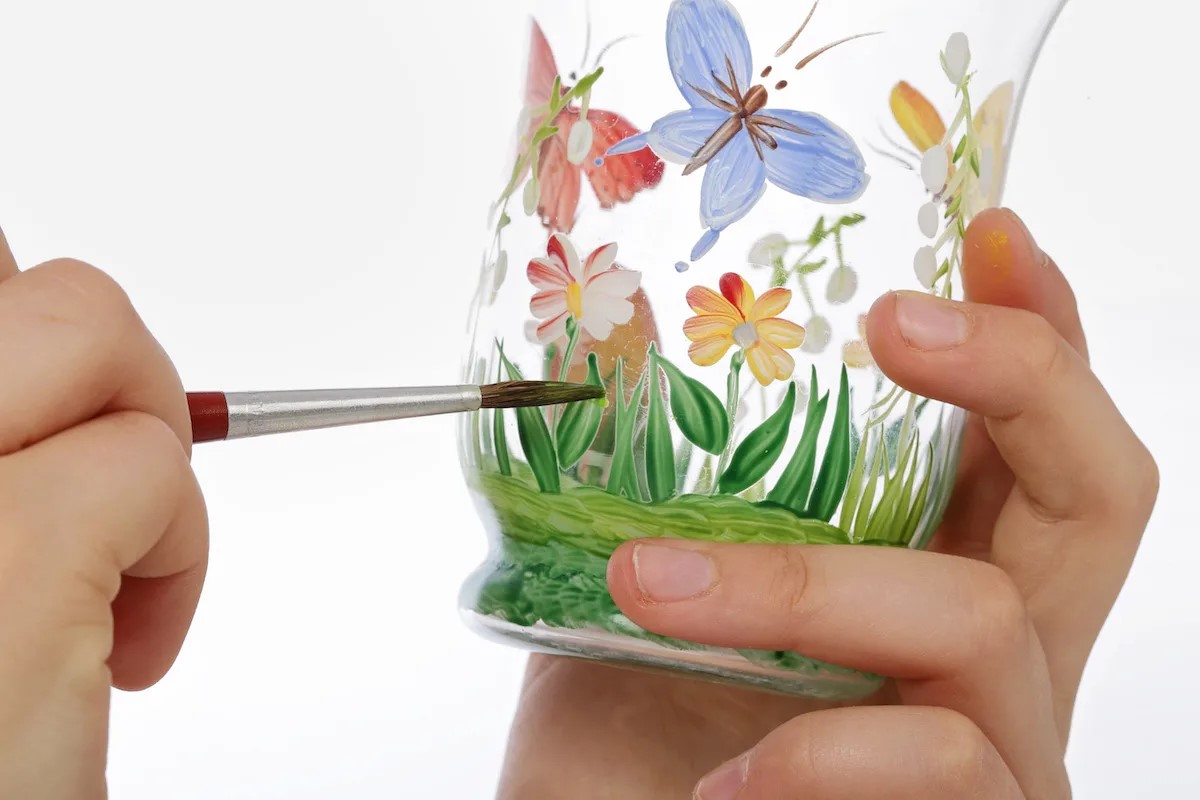
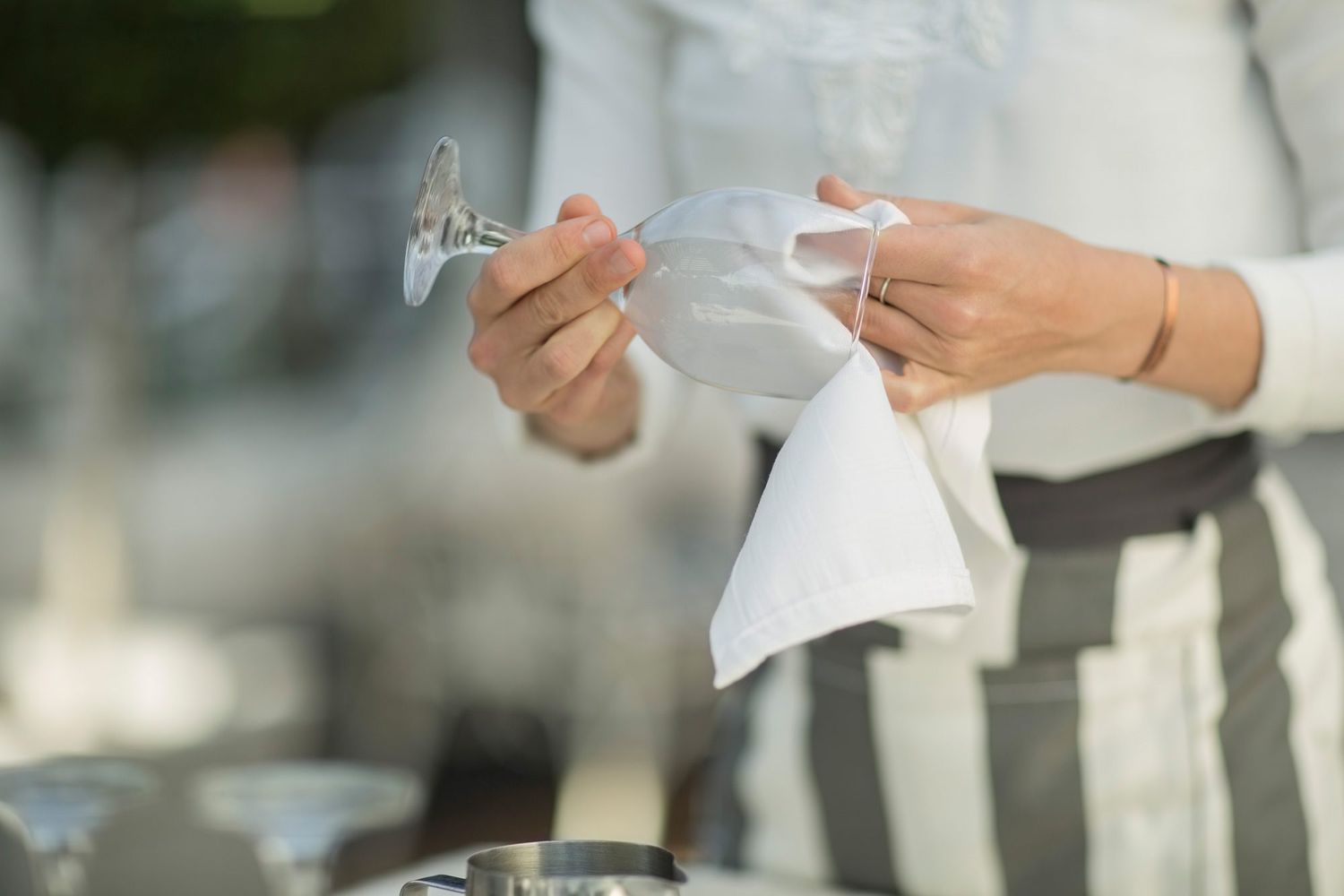
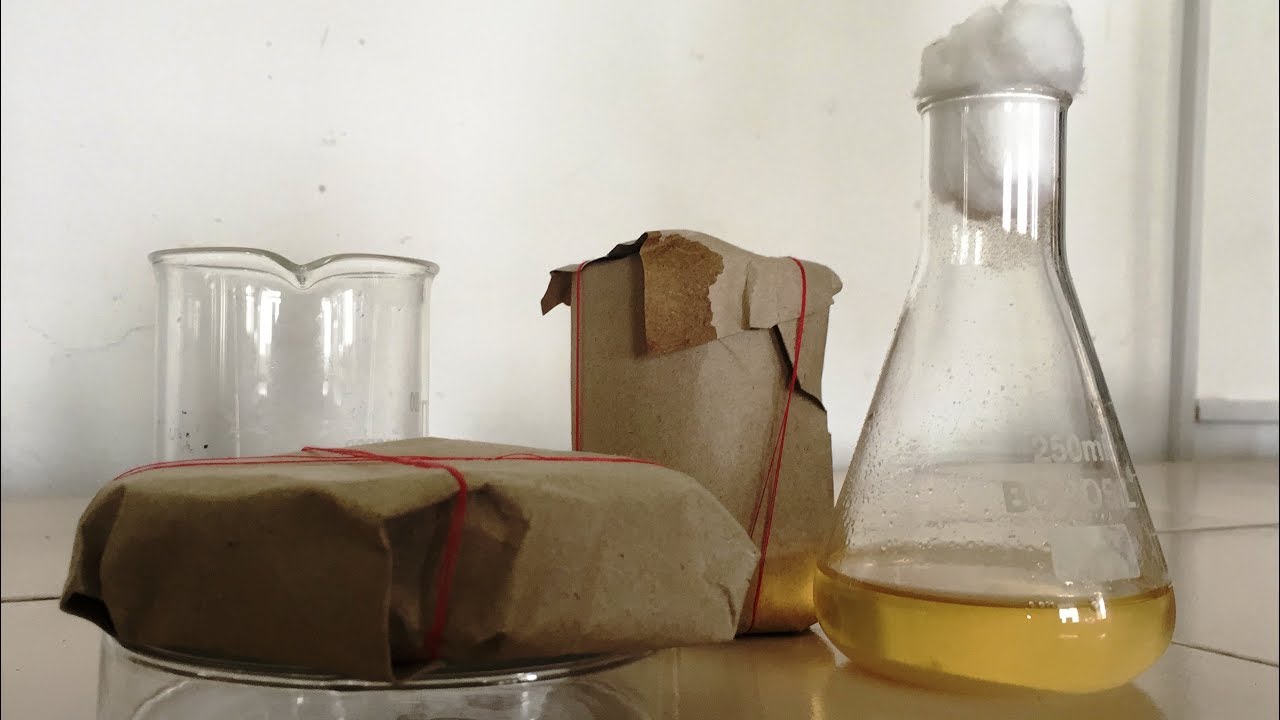
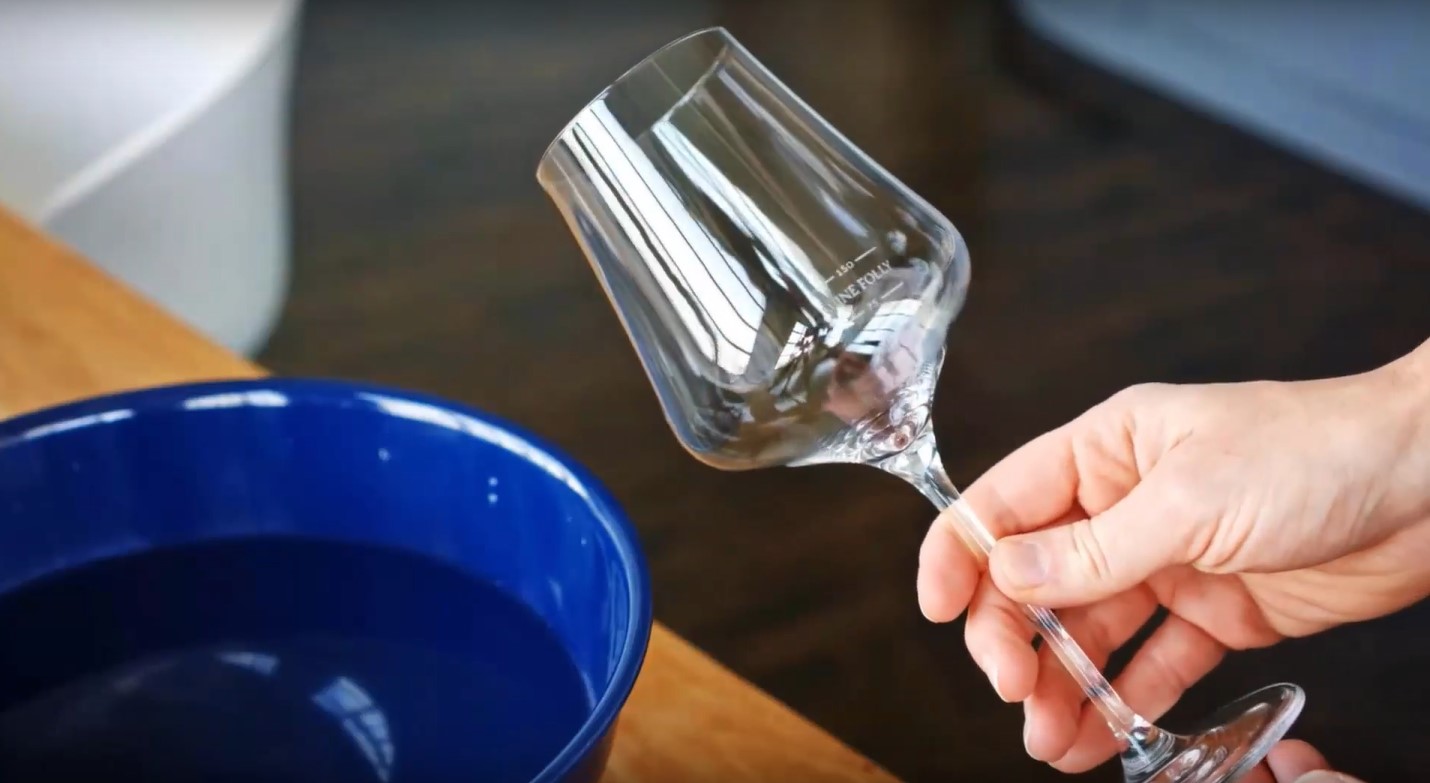
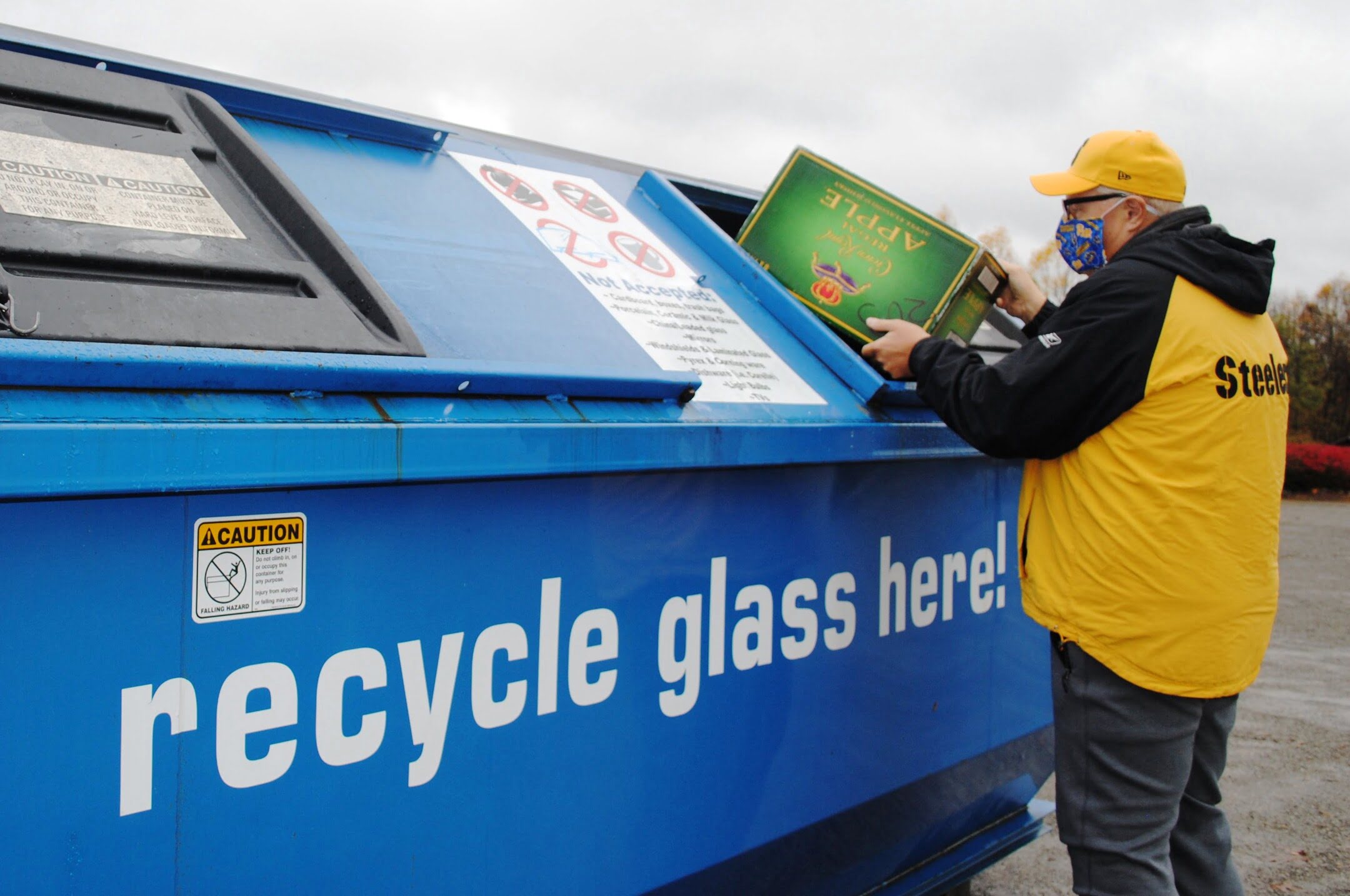
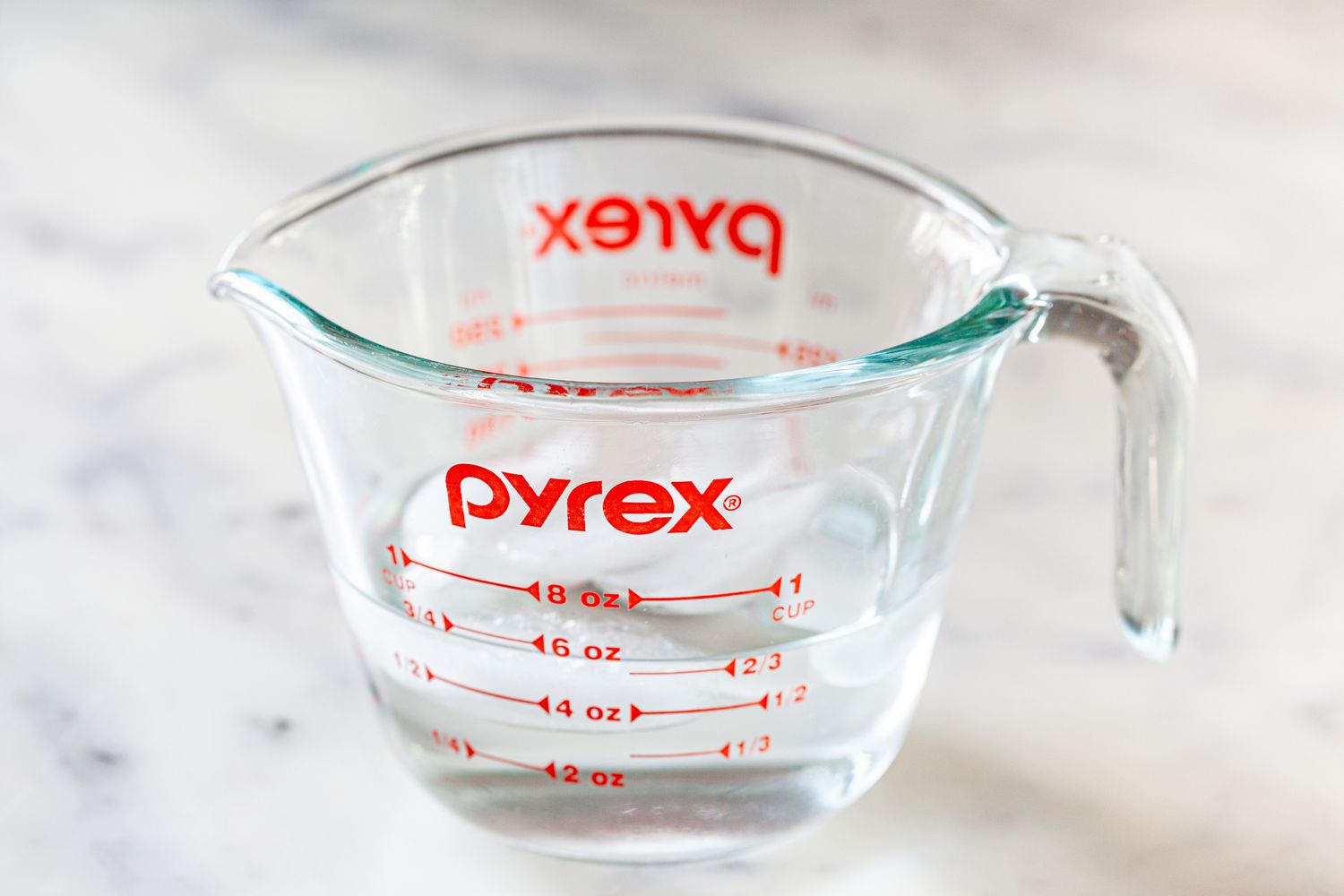
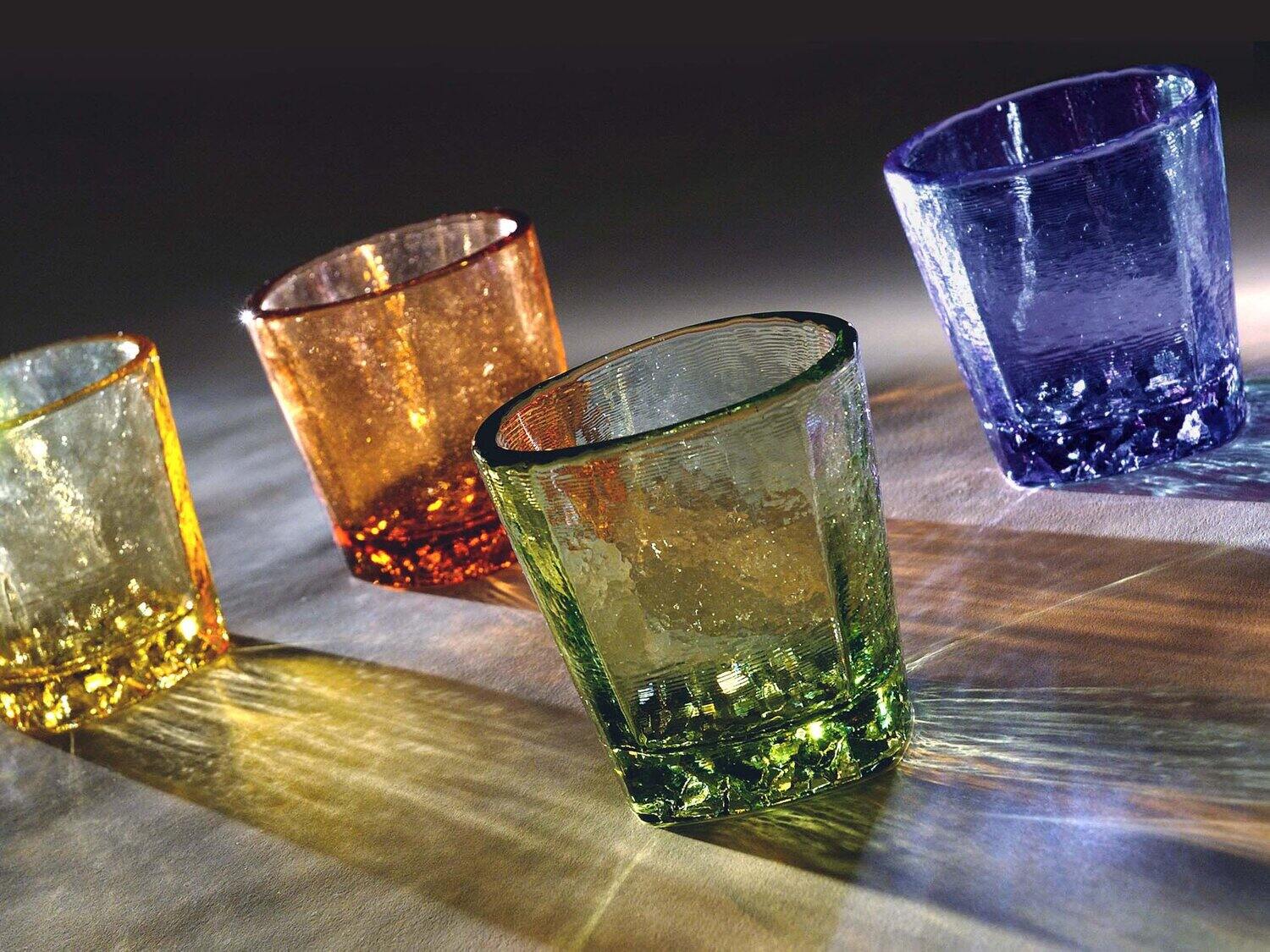
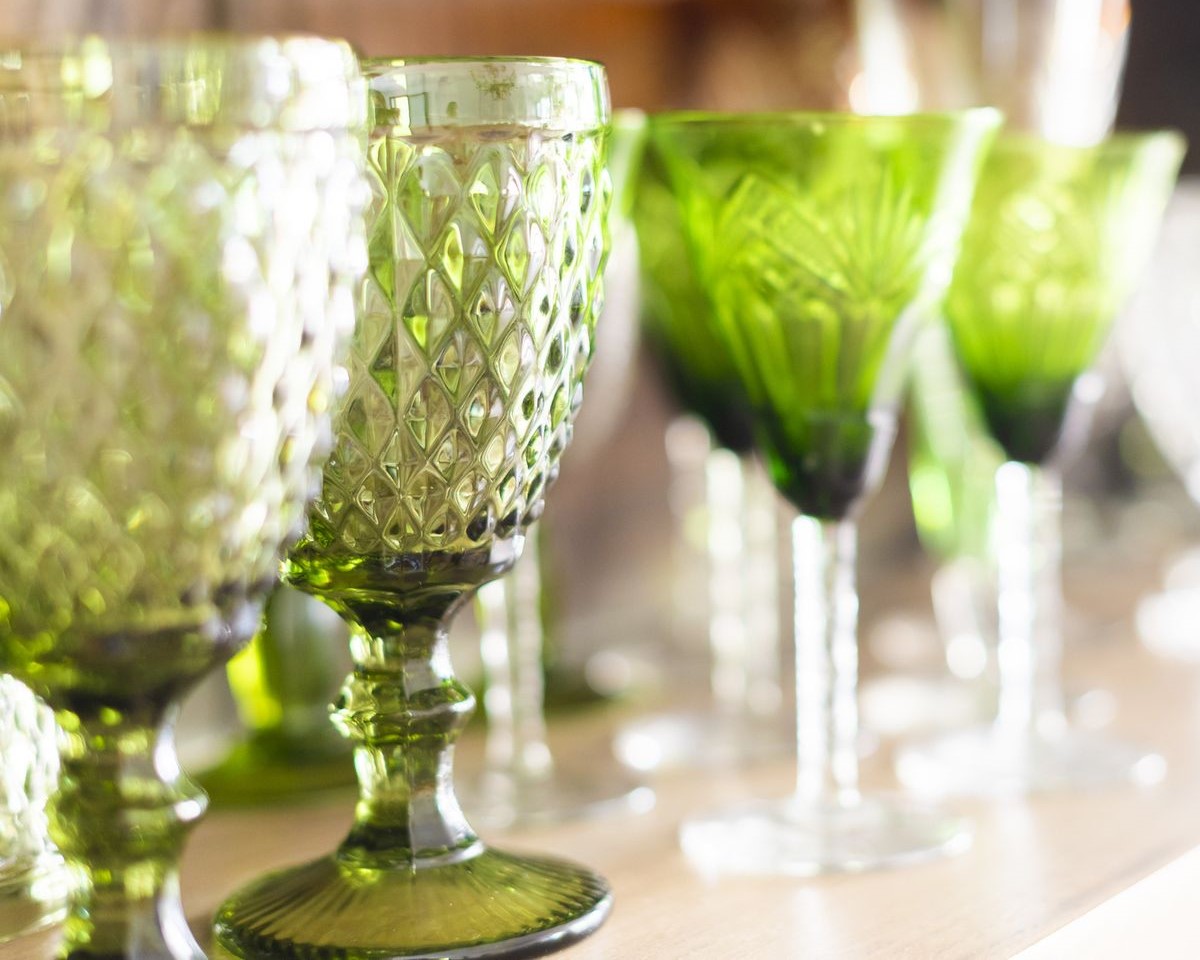
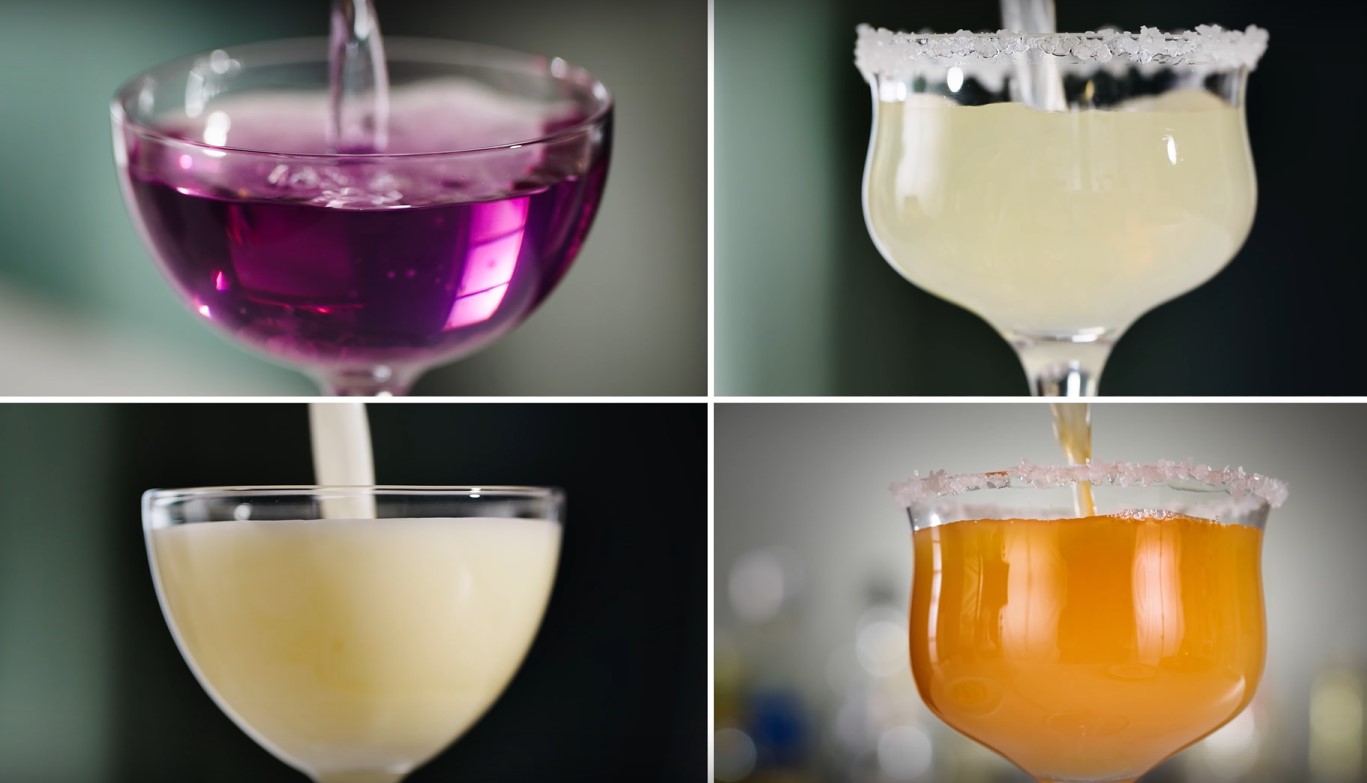

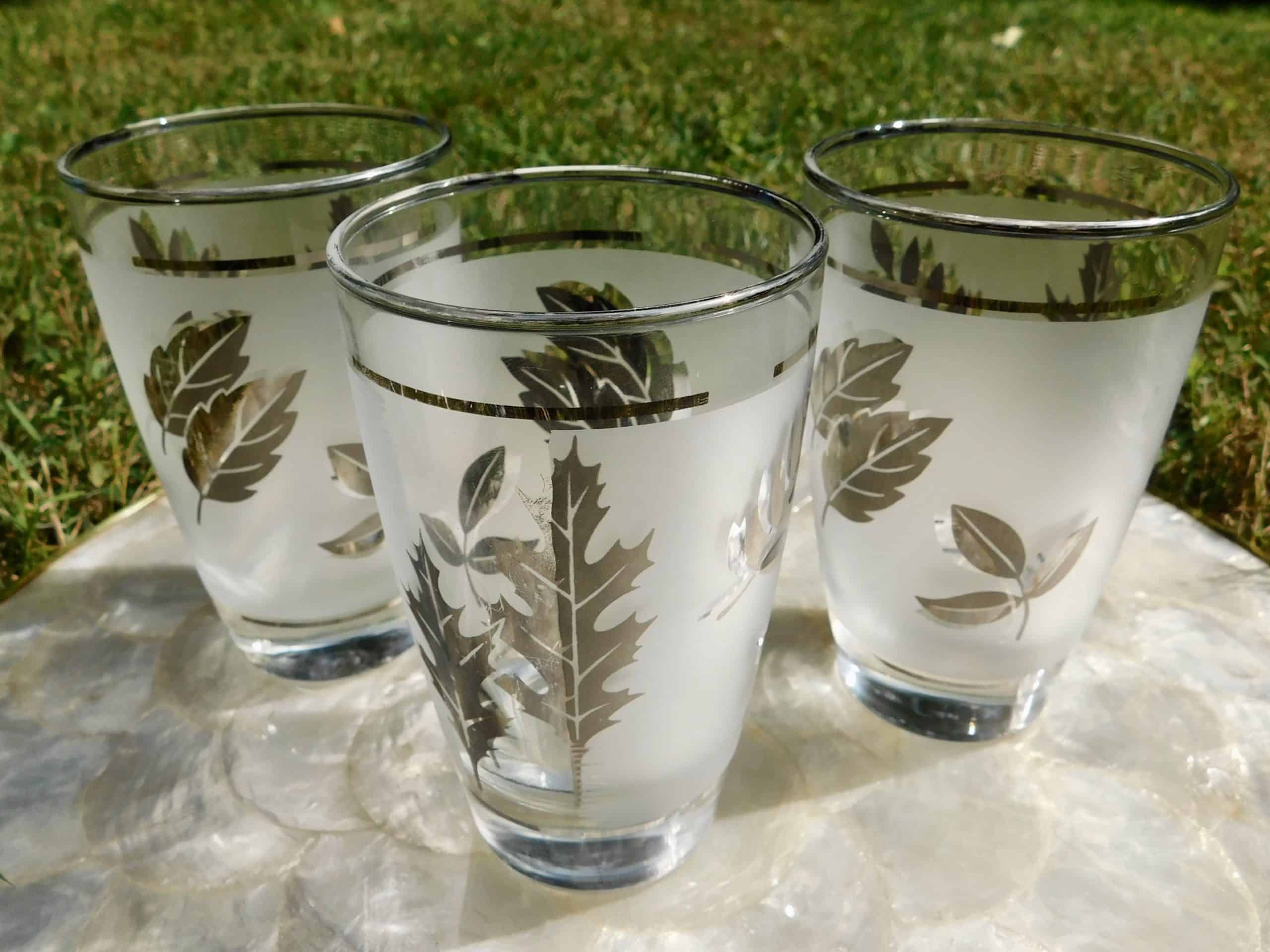

0 thoughts on “How To Handle Glassware In A Laboratory”